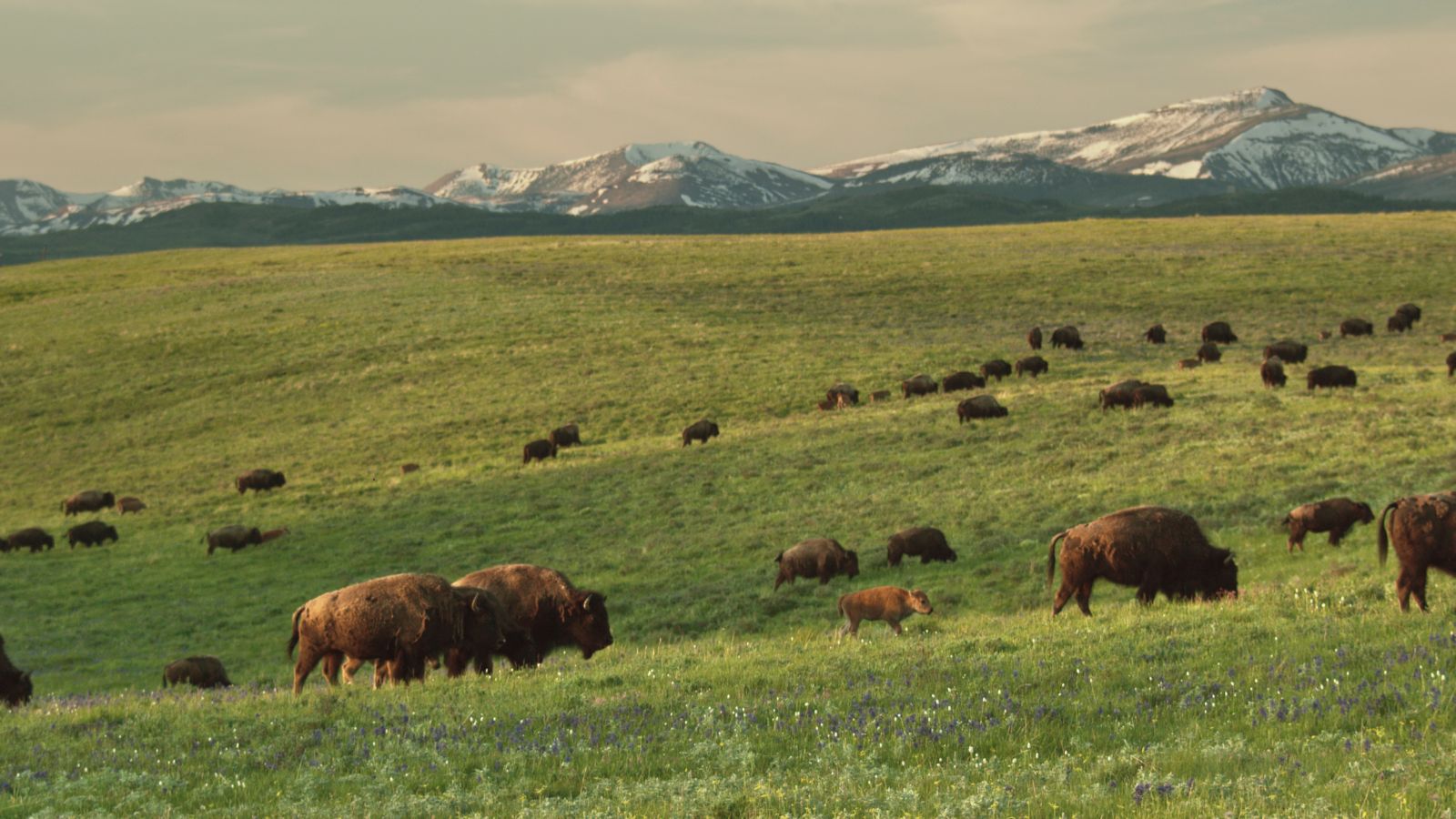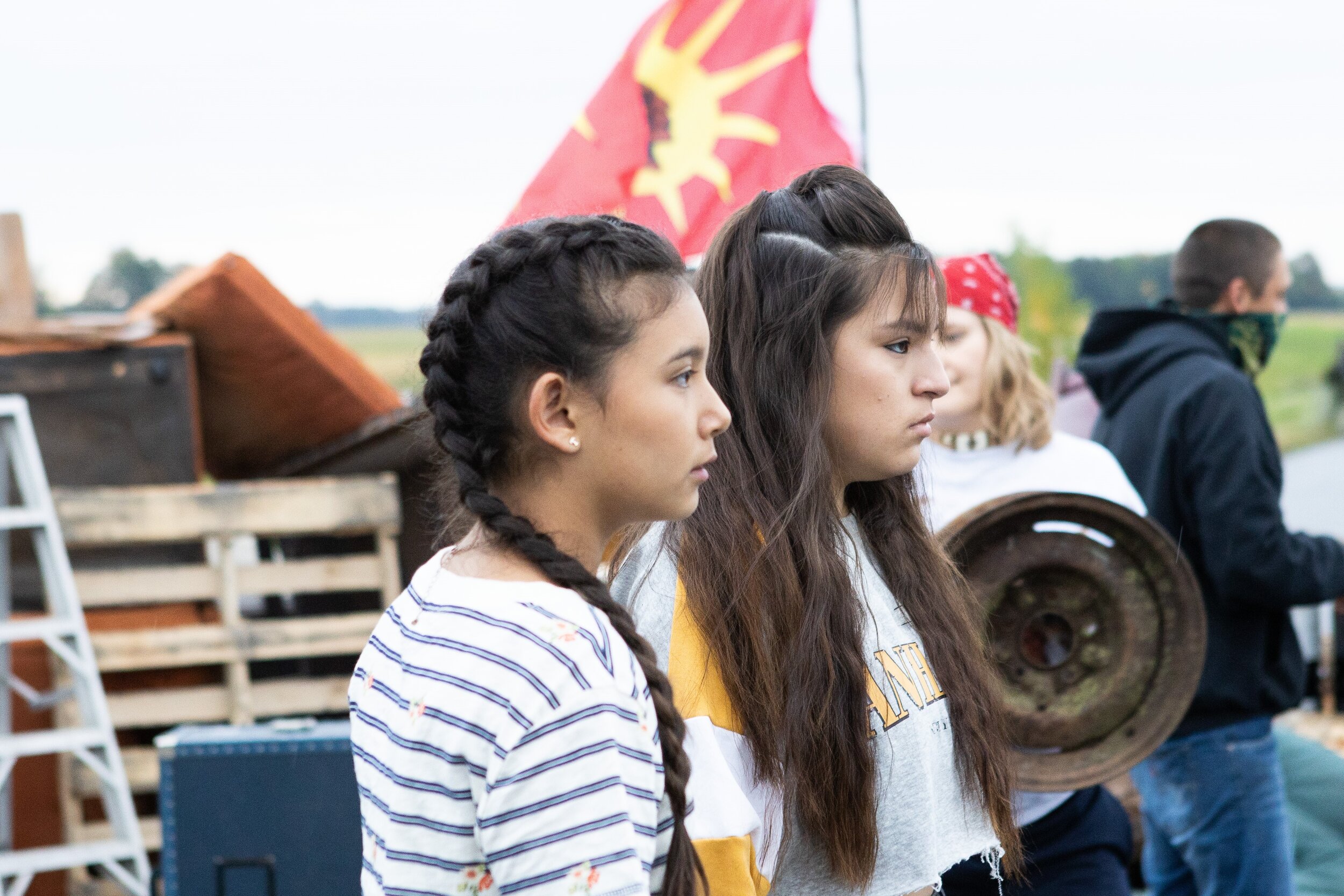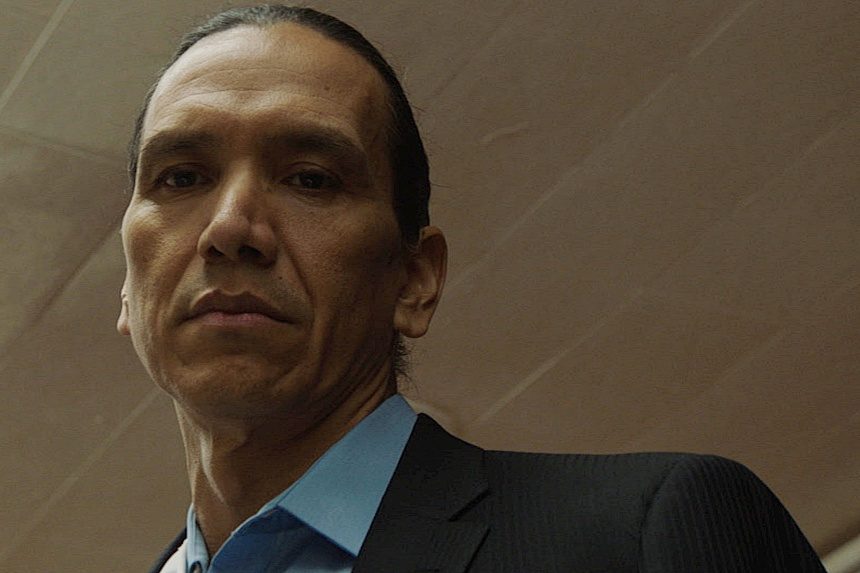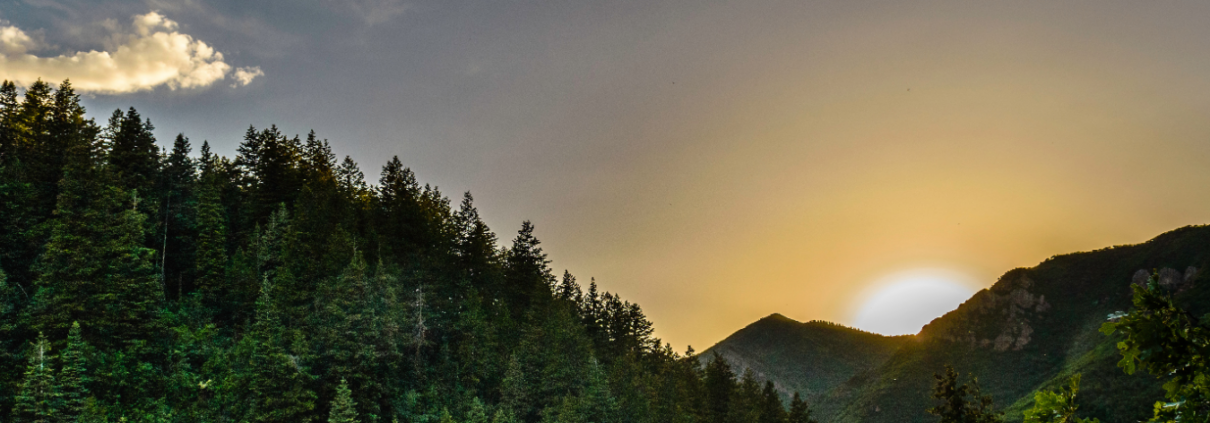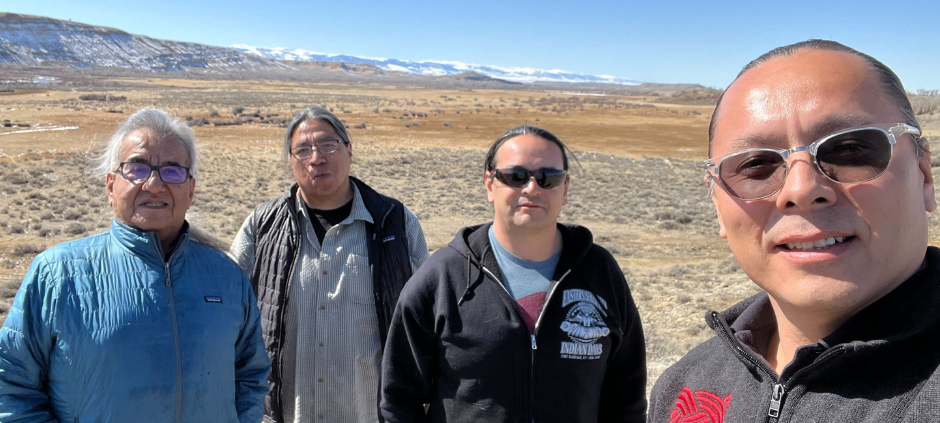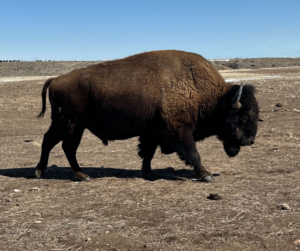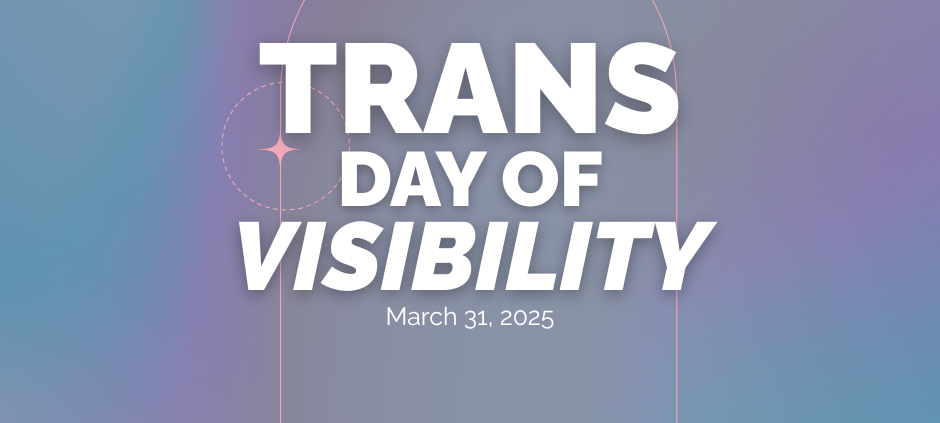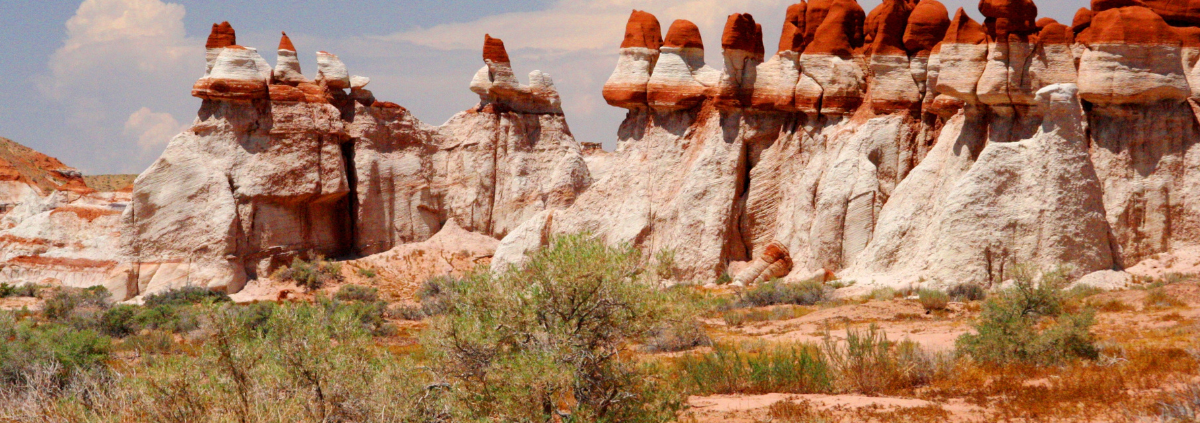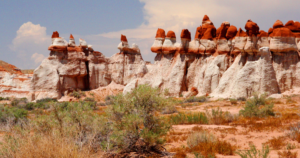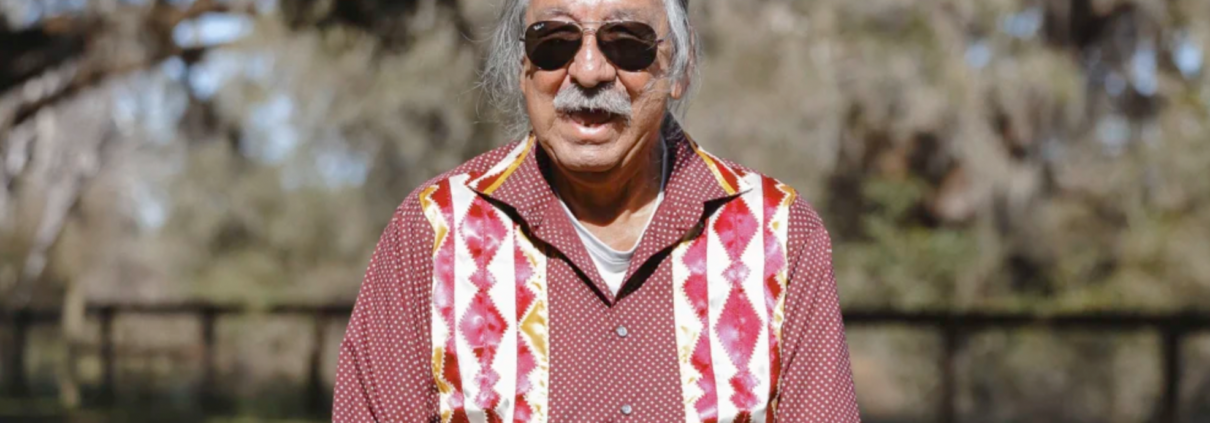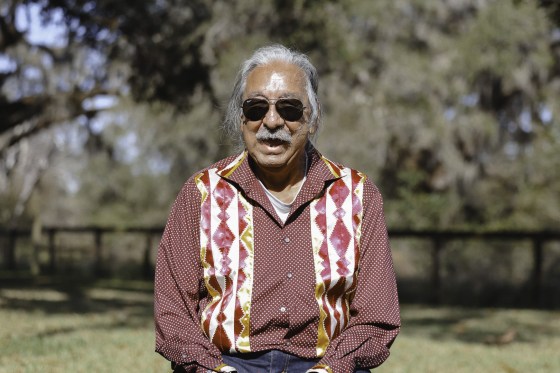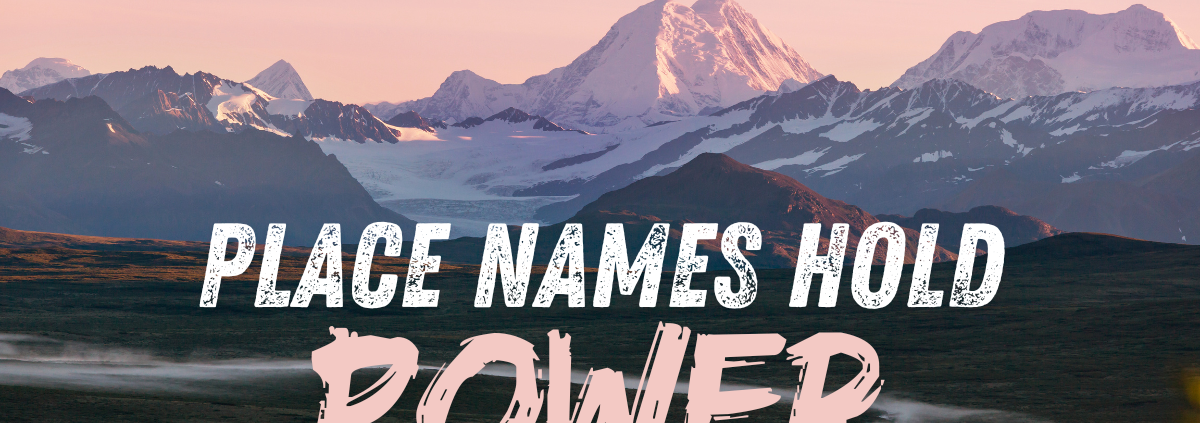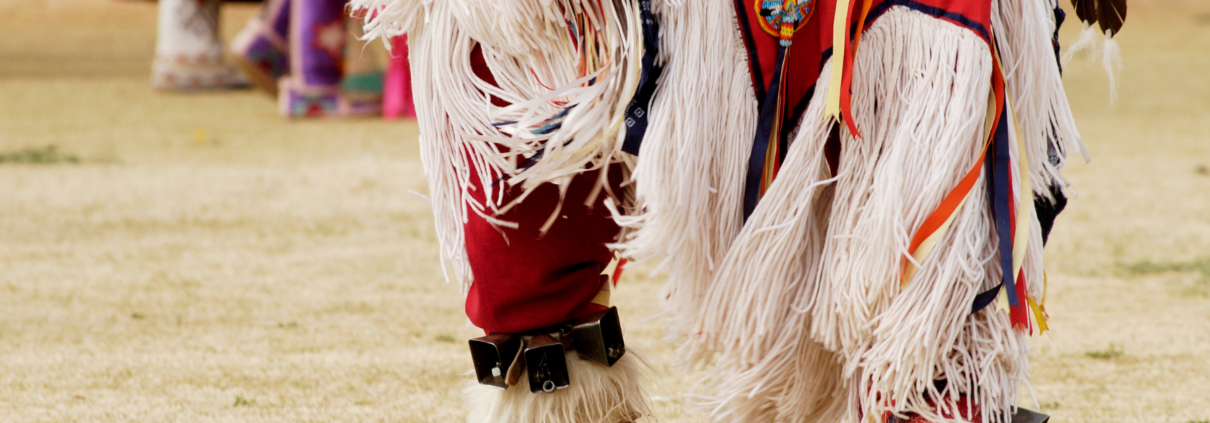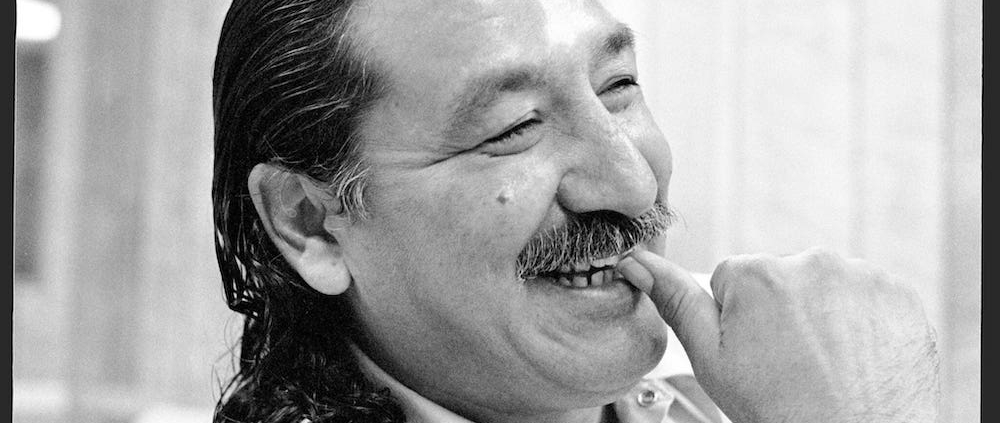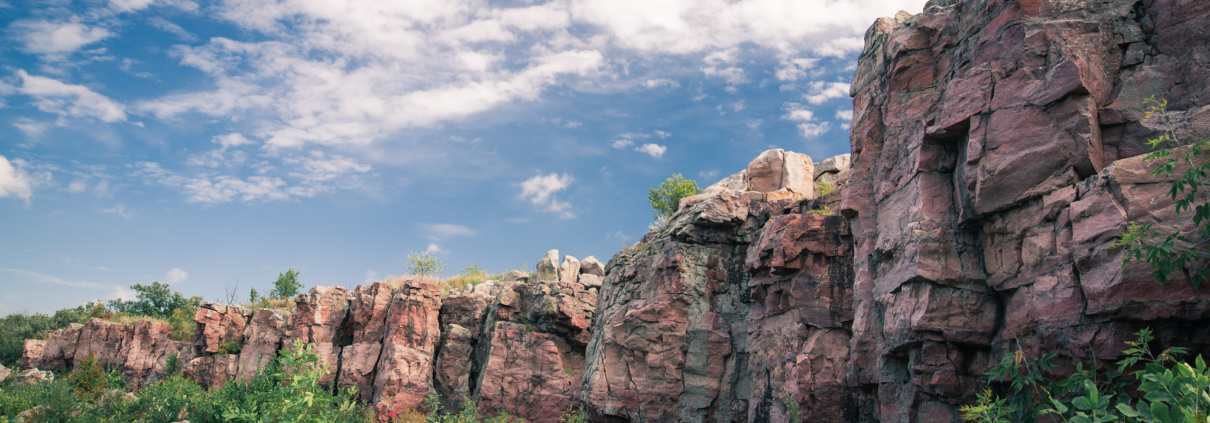Honoring and uplifting our Two Spirit relatives is not just an act of support — it is a return to our original ways and a vital part of re-Indigenizing our society.
Since time immemorial, Native peoples have recognized, honored, and protected our Two Spirit people, who have always held sacred roles in our societies. Many Tribes saw them as closely connected to the divine, as healers, and as vital members of our nations. While the term “Two Spirit” is more recent, around two-thirds of our Indigenous languages on Turtle Island have long had words to recognize and affirm more than two genders.
However, colonization brought gender violence that sought to erase these identities and their contributions. This legacy of harm continues today, with ongoing discrimination, violence, and systemic barriers impacting the health and safety of our Two Spirit and Indigenous LGBTQIA+ relatives.
Despite these attempts at erasure, Two Spirit people are a visible presence and power, and their contributions to our communities persist.
Re-Indigenizing our society means reclaiming what was stolen—our languages, our governance, and the value of our relatives. It means uplifting the stories, truths, and existence of our Two Spirit relatives, ensuring they are safe, celebrated, and fully included in our communities.
Now more than ever, we must not only celebrate our Two Spirit and transgender relatives but also actively counter disinformation, discrimination, and hate. Uplifting their voices, advocating for their safety, and restoring their rightful place in our communities is how we honor our ancestors and uphold our traditional Indigenous values of honoring all life.

